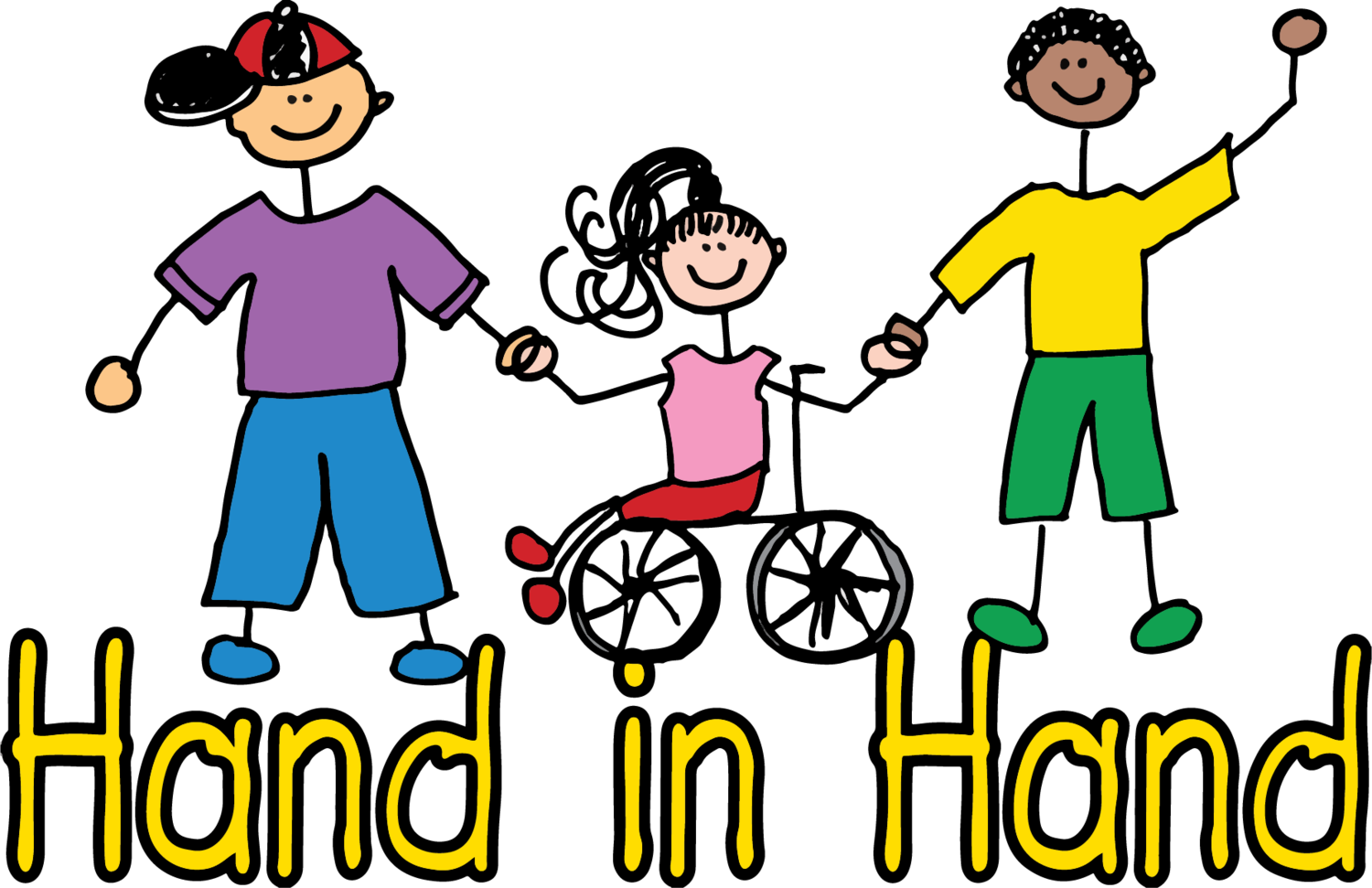Society’s Misconceptions about People with Disabilities
Consensus studies in recent years have shown that 12.6% of the American population has a disability. Ambulatory disabilities (having difficulty with mobility) are most prevalent, while self-care and vision disabilities are the least prevalent. Cognitive disabilities land right in the middle, affecting about 4.8% of the total U.S. population as of 2015. Yet, the experiences of individuals with disabilities continue to be ignored, trivialized, or criticized due to a lack of understanding of those individuals and their experiences, and the fact that society is designed to benefit typically developing individuals.
Annie Segarra is an advocate for disability rights, using her social media following to start discussions about accessibility and media representation of people with disabilities. She herself was diagnosed with Ehlers-Danlos syndrome (a connective tissue disorder) which results in her sometimes using a wheelchair. Recently, she was a guest on the podcast Stuff Mom Never Told You with hosts Anney Reese and Bridget Todd. In the episode “Disabled Isn’t a Dirty Word,” they discuss the ways many people fail to consider the experiences of people with disabilities.
Equating “Disabled” with “Invalid”
According to Segarra, society tends to equate being disabled with being “invalid.” In this context, the outdated term “invalid” refers to a person who is weak or incapable because they have an illness or disability. In the podcast, Segarra gives examples of individuals with disabilities who have been told they are too young, pretty, smart, or athletic to be disabled. These statements might be intended as compliments, but the belief behind these statements is that a person couldn’t possibly have a disability if they’re attractive, good at sports, intelligent, or young. That belief isn’t based in fact, and it makes us wonder why so many people assume experiencing a disability takes everything away from people.
Another troubling thing Segarra identifies is that society tends to accuse people of faking their disability when they are not deemed disabled enough. The most common victims of these accusations are wheelchair or cane users who have some ability to stand or walk without assistance. When they use some of these abilities in public, bystanders tend to assume that they do not legitimately need their accommodations and that they are “faking” a disability for their own convenience. As Segarra points out, people are often classified as either disabled or not disabled, but society fails to see that ability is not a binary issue. Ability actually falls on a spectrum and every person (even you!) has a place on that spectrum.
The Issue with Miraculous Recoveries
Society’s current focus on healthiness can be detrimental to people with disabilities. People sometimes act as medical experts for others by giving unsolicited advice, even without knowing their circumstances. Segarra believes this is because disability doesn’t discriminate - it can happen to anyone, and that is often people’s biggest fear. This invokes the yearning to change other people’s experiences with disability. If they can “cure” someone else’s disability, they can cure themselves if the need arises.
This focus on overcoming disability implies that people with disabilities are incapable of living full lives if they are not “cured” of their disability. Feel-good stories that showcase miraculous recoveries plaster our social media feeds and give us those warm and fuzzy feelings for a few short minutes. Unfortunately, those recoveries put pressure on others with disabilities to “get better” to stop needing their assistive devices (such as wheelchairs). Society expects them to overcome their disabilities without regard for circumstance, leading to inevitable disappointment because a recovery is not possible for many people.
The idea that positive thoughts, hard work, or a certain diet can “cure” them also continues to reinforce what so many in our society have believed for decades, which is that having a disability makes you less than a person, which is simply not true. Everyone, regardless of ability, has obstacles and hurdles to overcome in life, but those challenges don’t make anyone less than anyone else; they just make their experience different. Our differences are what make this world such a vibrant place to live, but if we don’t try to be inclusive, acknowledge and accept our differences, and realize that we might never fully understand someone else’s life experiences (and that’s okay), our world will only get smaller and less interesting. It’s also a slippery slope because choosing to stay blissfully ignorant of others’ experiences and believing your view of the world is the only correct one is a quick path to stereotypes, biases, and hate.
Takeaway
By giving people with disabilities, such as Annie Segarra, the platform to voice their experiences, we can look at the world through a lens different than our own, and move toward a more understanding and inclusive world. If you’re ready to tackle your preconceived notions about people with disabilities, a good place to start is listening to the full podcast episode (and remember, Segarra’s experience with disability might be completely different than someone else’s). Then begin challenging what you think you know about disabilities because it’s a big world out there, and there’s room for all of us and all of our differences!

